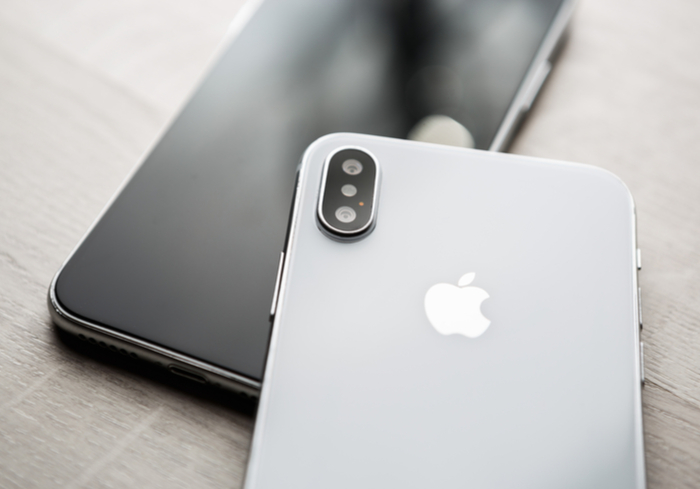
Driven by demand for the iPhone X, Apple captured 51 percent of the revenue in the world’s wholesale smartphone market. Sales of its iPhones topped more than $60 billion in the fourth quarter of 2017, which was approximately seven times higher than sales of Huawei’s smartphones, MacRumors reported.
Apple’s global wholesale smartphone revenue reached $61.4 billion in the fourth quarter of 2017. By comparison, Huawei saw $8.4 billion in worldwide smartphone revenue. Samsung made out a bit better, with $18.9 billion in global smartphone sales. Manufacturers other than Apple, Huawei and Samsung took in a combined $31.5 billion in smartphone revenue worldwide.
With higher smartphone prices, Apple may have seen a boost to its top-line revenue. The average price of an iPhone reached $796 last quarter. That figure represents an increase of approximately $100 a year ago, when the average price of an iPhone was $695. The iPhone X, however, retailed for a much higher price point — at $999 and up. Apple sold a total of 77.3 million iPhones in the fourth quarter, but the company is not clear on how many of those phones were iPhone X models.
Still, Apple may not end up selling as many iPhone X models as analysts previously thought, despite the hype over its new, high-end phones. KGI Securities Analyst Ming-Chi Kuo reduced his lifetime sales forecast for the new iPhone X from 80 million to 62 million phones in January. Kuo also predicted that Apple will stop producing the premium model in 2018.
Despite the hype leading up to the release of the iPhone 8, iPhone 8 Plus and iPhone X, customers are buying these new offerings at about the same rate as models released in the past two years. A survey of 300 iPhone buyers by technology analysis firm Consumer Intelligence Research Partners estimated that the iPhone X, iPhone 8 and iPhone 8 Plus combined to account for 69 percent of U.S. iPhone sales for the month ending Dec. 3, while older models represented the remaining sales.